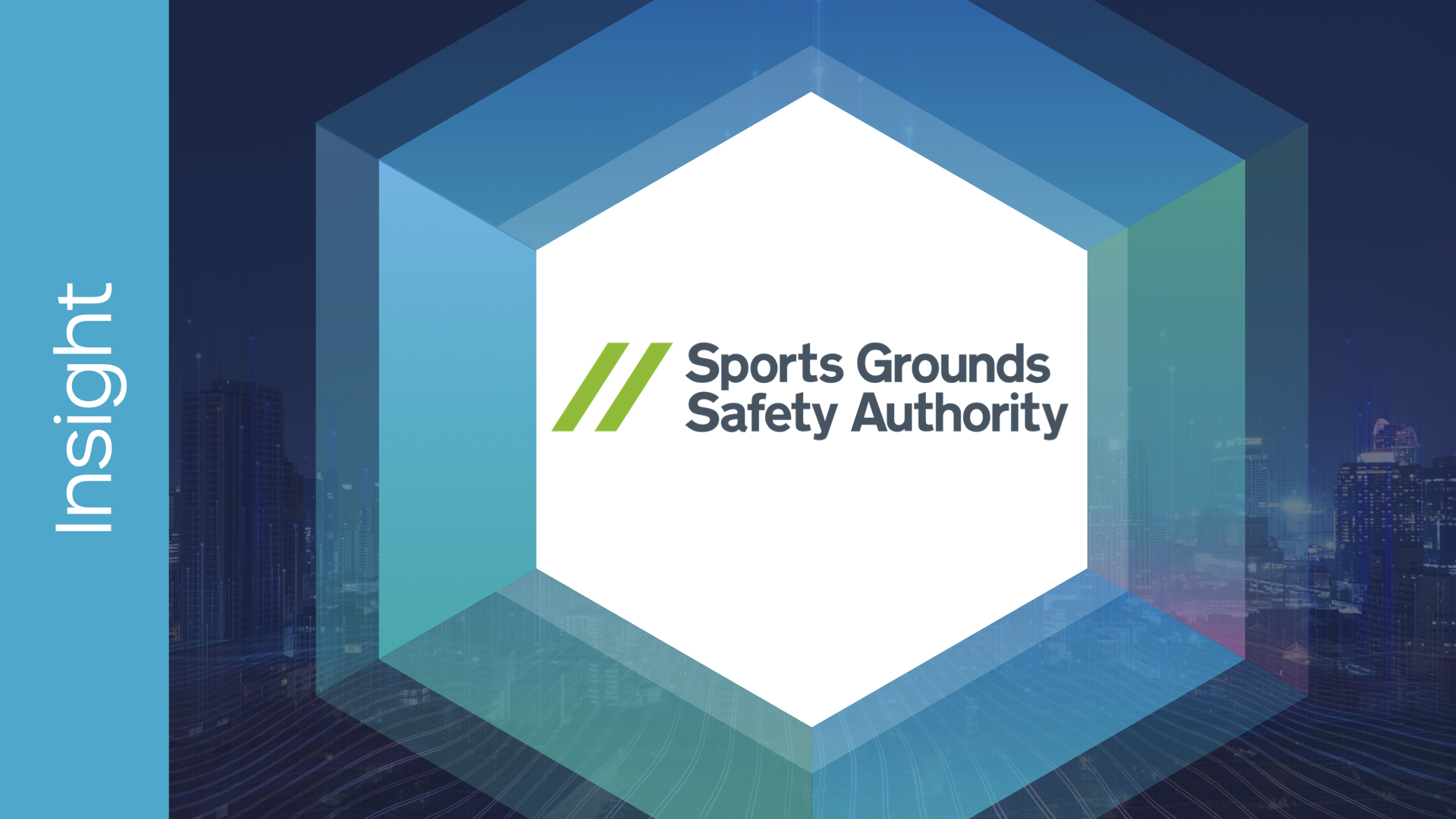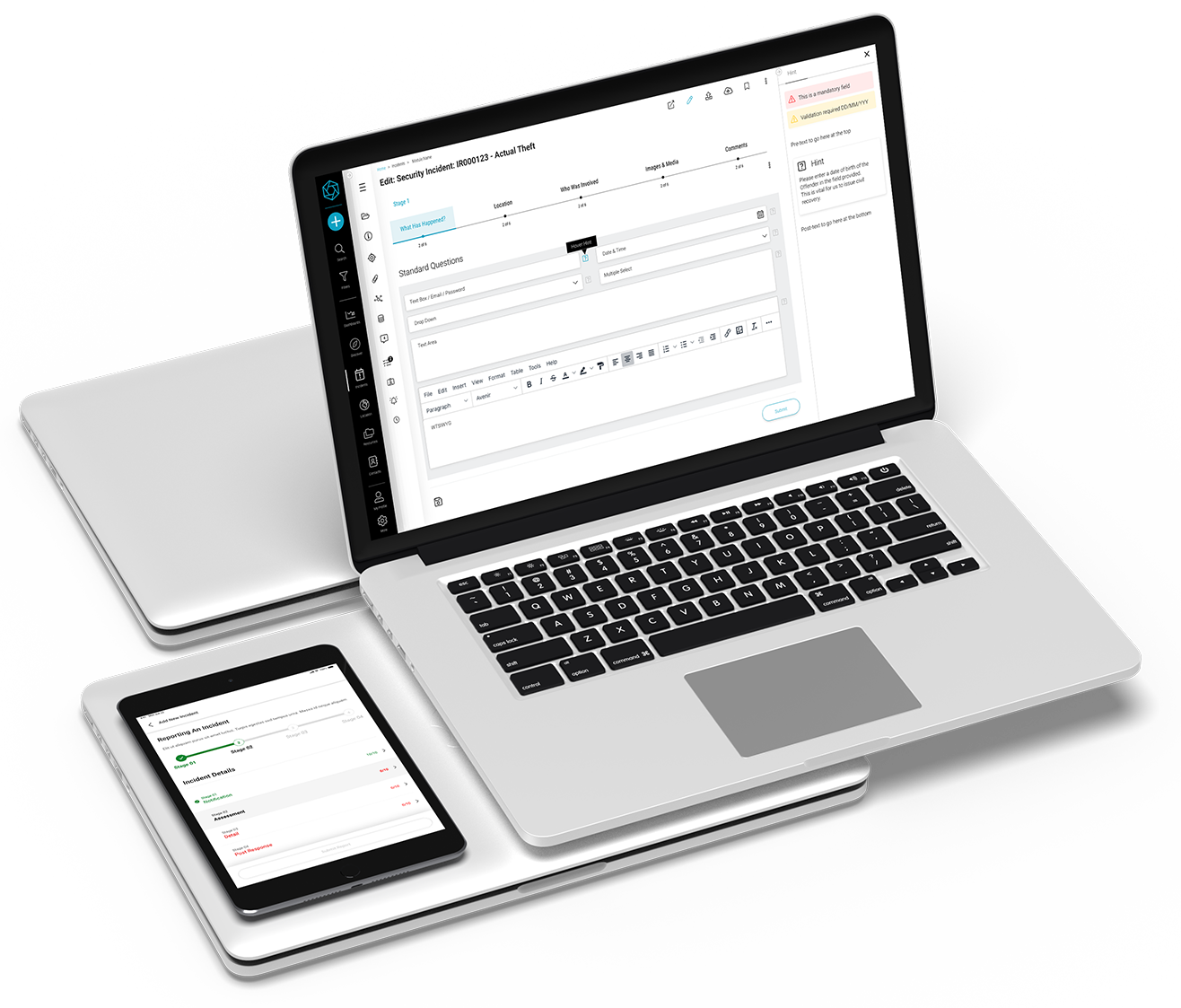Sending geo-mapped notifications during a mass notification effort means targeting recipients based on their geographic location. This approach is highly effective and beneficial for several reasons, particularly in situations where location-specific information is crucial.
Here's why targeting geo-mapped recipients is a strategic choice:
1. Relevance and Personalisation
Geo-mapped notifications ensure that the information is highly relevant to the recipients based on their current or registered location. This increases the likelihood that the message will be perceived as pertinent and timely, leading to higher engagement rates. For example, weather alerts or emergency notifications about local incidents are more relevant to those in the affected areas.
2. Resource Optimisation
By targeting messages to specific geographic areas, organisations can optimise the use of their resources. Instead of broadcasting a message to a wide audience, many of whom it may not concern, targeting allows for a more efficient use of communication channels and reduces unnecessary alarm or communication fatigue among recipients outside the relevant area.
3. Effective Crisis Management
During emergencies, geo-mapped notifications can be crucial for effectively managing the crisis. They allow authorities and organisations to send targeted warnings, evacuation orders, or instructions to those in the affected area, enhancing the safety and security of the populace.
4. Enhanced Compliance
In certain jurisdictions, legal or regulatory requirements may necessitate informing individuals in specific locations about particular events or conditions. Geo-mapped notifications ensure compliance with these regulations by accurately targeting the required geographic areas.
5. Reduced Information Overload
People are bombarded with vast amounts of information daily. By ensuring that messages are location-specific, organisations reduce the risk of information overload among recipients. This helps to maintain the effectiveness of communication channels over time, as recipients are less likely to ignore or opt out of receiving notifications.
6. Improved Trust and Perception
When people receive notifications that are directly relevant to their safety and wellbeing, their trust in the issuing organisation or authority can increase. This relevance is often achieved through geo-targeting, which demonstrates a thoughtful and organised approach to communication, thereby improving public perception and trust.
7. Faster Response Times
For recipients in the targeted area, receiving timely and relevant information can lead to faster response times to emergencies, instructions, or calls to action. This is particularly important in situations where seconds can make a significant difference, such as evacuating an area before a natural disaster strikes.
8. Efficient Evacuation and Resource Allocation
In evacuation scenarios, geo-mapped notifications can help manage traffic flow and prevent congestion by providing area-specific instructions. This allows for a smoother evacuation process and enables emergency services to allocate resources more efficiently, focusing on areas with the highest need.
Geo-mapped notifications represent a strategic approach to mass communication, enhancing the relevance, efficiency, and effectiveness of messages, particularly in critical situations where timely and location-specific information can save lives and resources.
Iconic & tall buildings
Real estate portfolios
Venues & events
Studios & entertainment
Retail stores & supply chain
Critical national infrastructure
Security & FM service providers
Emergency responders







 +44 (0)1604 598989
+44 (0)1604 598989